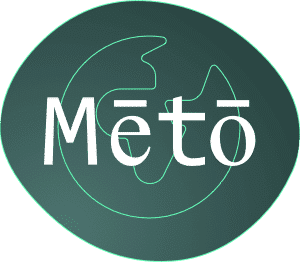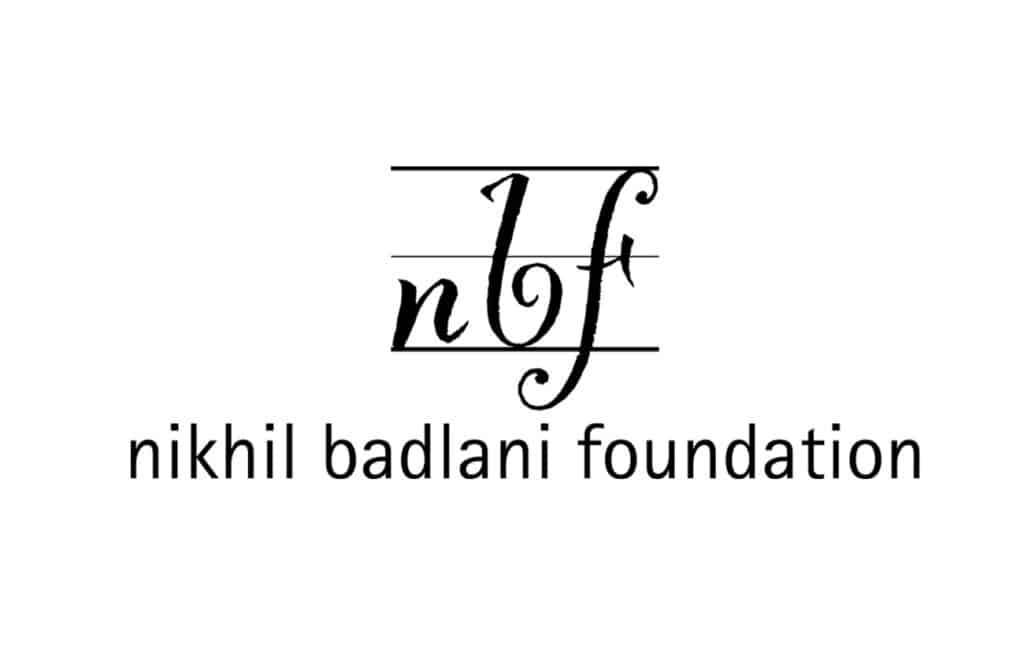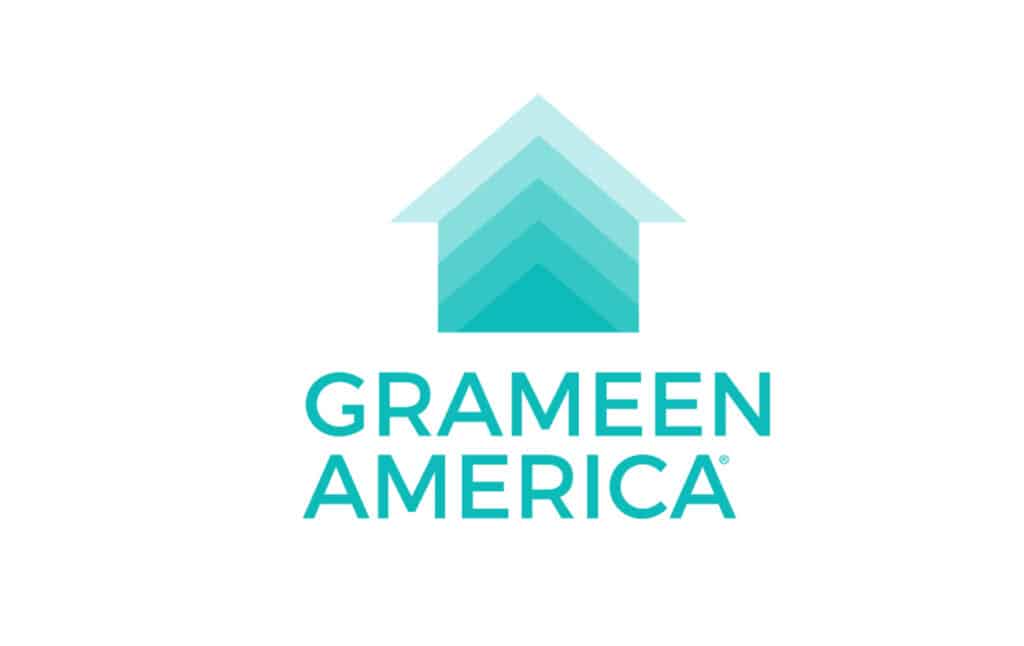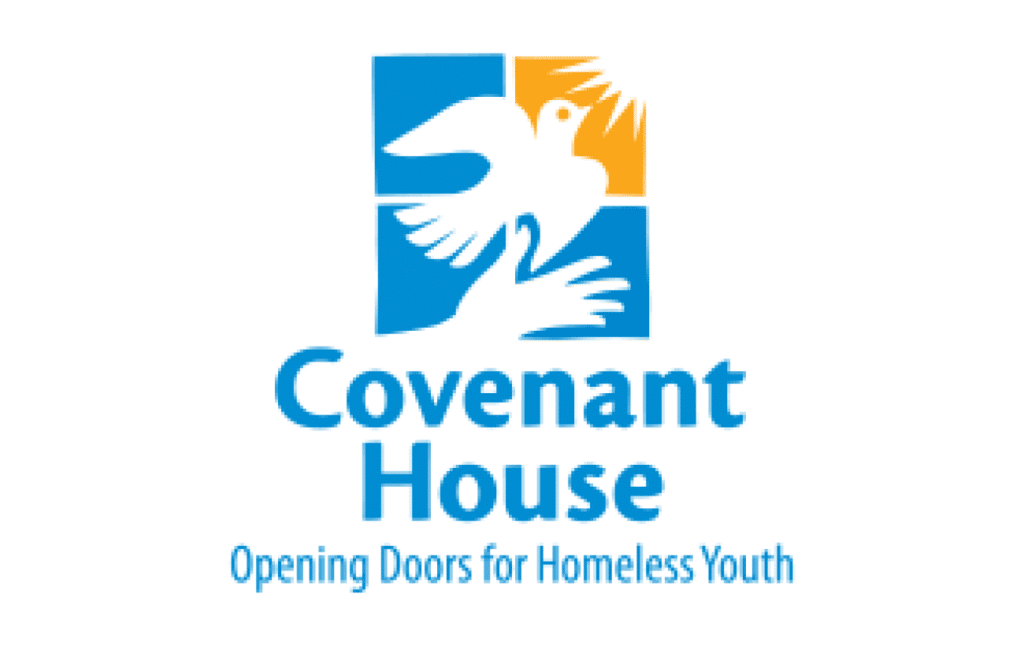In the last post from our series on marketing automation, we took a close look at the factors a marketing company must consider to ensure alignment across the entire organization. Finding a balance between the human and machine elements of an automation strategy is at the heart of this task, and it must be done before putting any specific technologies into place.
Here, we’re going to examine the costs and long-term gains of automation implementation.
Calculating automation ROI is a tricky and nuanced step, as return on investment needs to be viewed differently depending on where your company is in its automation journey.
Getting a complete view of the financial impact the process will have on your organization requires in-depth analysis from a number of viewpoints.
Looking at ROI From Different Angles
What is the end goal of your automation journey?
Is it purely to revamp your organization’s operational processes?
Or is it also to improve revenue streams and find new ways of entering the market?
Rather than lead with technology, start with your objectives and work backwards from there. Once you’ve a landed on a well-defined automation road map, the ROI from your automation implementation will become more clear based on where your organization is in its journey.
It’s also important to think about cost metrics in terms of which processes are suitable for automation. Will you need outside help to plot your roadmap and choose appropriate processes? And if so, do you have enough cost savings to justify hiring consulting services and support?
Remember, too, that not all ROI is impacted by automation. In some cases, a marketing organization may discover that it can increase ROI by improving a process rather than automating it. This is one of the unintended benefits of a well-plotted automation road map—having poor processes come to light that can be fixed via to gain ROI.
Once your decision framework is in place, you need to determine if ongoing monitoring will be overseen by people, technology, or a mixture of both. And if automation fails, you need to understand how your ROI and business operation model will be impacted. Especially if there are no human beings overseeing the processes.
Remember, too, that not all ROI is impacted by automation. In some cases, a marketing organization may discover that it can increase ROI by improving a process rather than automating it. This is one of the unintended benefits of a well-plotted automation road map—having poor processes come to light that can be fixed via to gain ROI.
Once your decision framework is in place, you need to determine if ongoing monitoring will be overseen by people, technology, or a mixture of both. And if automation fails, you need to understand how your ROI and business operation model will be impacted. Especially if there are no human beings overseeing the processes.
Building A Case For Automation
So how do marketing leaders build an ROI case for automation? Start by evaluating the need—does it impact the business operating model and is there a revenue upside?
Finally, you need to overlay the savings achieved from automation with your three business pillars—operational processes, operating model, customer experience. Because even if there’s a revenue uptick, you’ve still incurred significant costs to get there. So while you’re burning cash, what is your time horizon for getting upside revenue by entering new markets and acquiring new customers?
In Summary
Calculating automation ROI is a process in itself, with many nuanced elements to take into account. While many believe that implementing automation is a guaranteed ROI booster, it is not necessarily true for all processes at all points of your automation journey.
Of course there are some automation implementations that will result in immediate ROI boost. While others will not increase ROI within the first year or two due to initial automation investments and later evolve into measurable automation ROI after the first few years. In other situations, you will unveil processes that can be improved without utilizing automation, many of which will bolster ROI but cannot be tied directly to automation implementation.
The bottom line is that calculating automation ROI is an imperative part of your automation process and journey. Without understanding the necessary expenditures of automation implementation and the long–term automation ROI gains, you will not have a complete picture of the impacts automation will make on your business as a whole.








